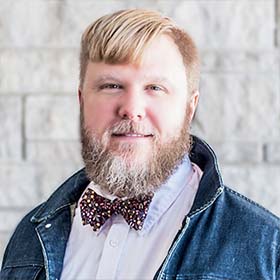Meet the People of the Irsay
Meet our directors, faculty leadership, scholars, staff, and advisory board members

Hank Green
Continuity Lead
- Phone:
- 812-855-6005
- Email:
- hdgreen@iu.edu
- Campus:
- IU Bloomington
- Website:
- Visit website
Biography
Green’s research encompasses three areas -- peer effects on alcohol, tobacco, and drug use; the association of social support and behavior; and developing methodologies to support personal network analysis. His research demonstrates that influence processes vary depending on the type of substance used, the developmental stage an adolescent is in, and key demographic characteristics (such as gender or sexual orientation) that an adolescent may have. In addition, Green’s research reveals not only what kinds of people are providing such support, but also where they tend to be located in individuals’ networks; how support impacts change in networks; and, ultimately, how those changes impact individual health behaviors such as substance use, HIV care adherence, or even homelessness.
On the methodological side, his research indicates that informants are generally accurate in reports of the behaviors and characteristics of those they are directly connected to (eliminating the need to conduct expensive follow-up studies), that lay people understand networks and network structure (leading to the use of network diagrams in network based social support interventions), and that sampling network members from a list of elicited network members can lead to important biases in indicators of network structure (favoring certain sampling approaches over others).
Green led an NIH-funded longitudinal study that investigated influence and selection processes associated with substance use and other risk behaviors among American adolescents, including an exploration of how the transition to high school may impact those processes.
Finally, recent studies aim to provide a comprehensive understanding of the dynamic relationships among social networks and trajectories of adult cannabis use. To do so, the team plans to follow a large, nationally representative panel of adults for several years.